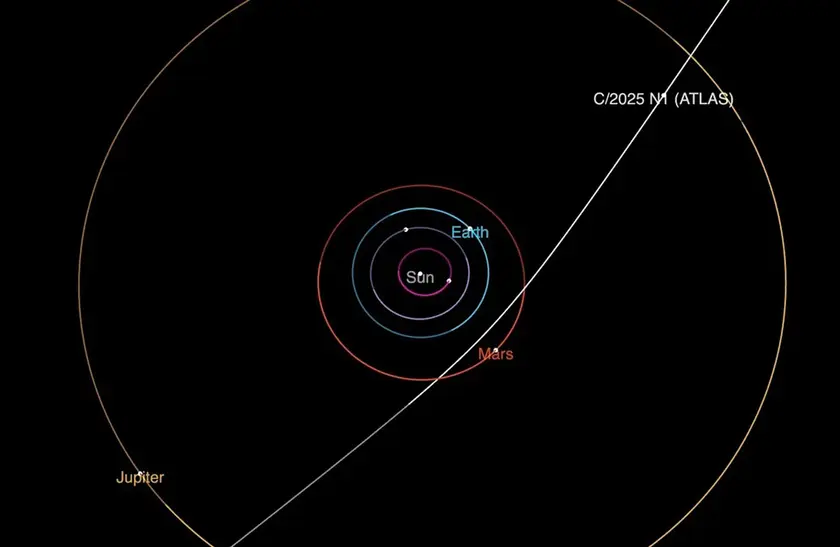T4K3.news
Interstellar Object 3I/ATLAS Captures Scientific Attention
Astronomers track a rare interstellar visitor and weigh bold ideas about its glow and possible light emission.
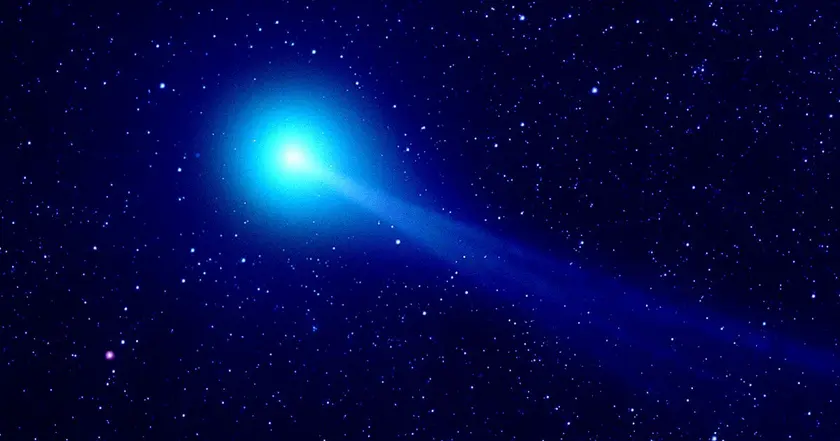
Scientists track a rare interstellar visitor as debate grows over a mysterious glow and what it might mean.
Interstellar Object 3I/ATLAS Captures Scientific Attention
Scientists tracking 3I/ATLAS report it as the third interstellar object detected in the solar system. NASA's Hubble Space Telescope observed a glow ahead of its motion, consistent with a coma, but there is no clear cometary tail. Harvard astronomer Avi Loeb has advanced the idea that the object could be emitting light on its own, a theory that would challenge conventional explanations. He outlines two possibilities: a rare radioactive fragment from a nearby supernova or a spacecraft powered by nuclear energy. He cautions that the first seems unlikely and that the second requires stronger evidence.
Mainstream scientists still treat 3I/ATLAS as a comet based on its trajectory and the lack of a visible tail. The object will pass near Mars this fall, offering a rare chance for close data collection. Loeb says NASA’s HiRISE team could point its camera at the visitor during October, and the space agency appears receptive to the effort. The case highlights how science proceeds by testing bold ideas against accumulating data, not by accepting extraordinary claims on a single observation.
Key Takeaways
"the simplest interpretation of 3I/ATLAS's observed brightness is that its nucleus produces most of the light"
Loeb's interpretation of the brightness profile
"a spacecraft powered by nuclear energy"
Loeb's second hypothesis about the object's nature
"we need better evidence to be viable"
Loeb calling for more data before conclusions
The story shows how a single observation can ignite a debate between curiosity and caution. A prominent researcher pushes a provocative possibility while the broader community remains skeptical, underscoring the gap between sensational potential and solid evidence. It also reveals the steady power of data from multiple instruments and time to build consensus through peer review.
Public interest in unknowns about the cosmos can be a double edged sword. Sensational framing risks shaping beliefs before facts are settled. Yet this moment also demonstrates science in action: patience, verification, and the readiness to follow up with targeted measurements will decide whether 3I/ATLAS reveals anything about life beyond Earth or simply another cosmic wanderer.
Highlights
- The universe loves an outlier more than certainty
- Proof beats hype when it comes to cosmic rumors
- A single glow does not prove a message from beyond
- Data will tell us what we can trust about 3I/ATLAS
Sensitive topic risk related to public reaction and controversy
The piece touches on potential extraterrestrial life, which can provoke public backlash and political sensitivity around funding for space research. It centers on a controversial figure and a fringe hypothesis that may invite heated debate beyond the scientific community.
The next data drop may settle the debate or open new questions about what we know of interstellar objects.
Enjoyed this? Let your friends know!
Related News
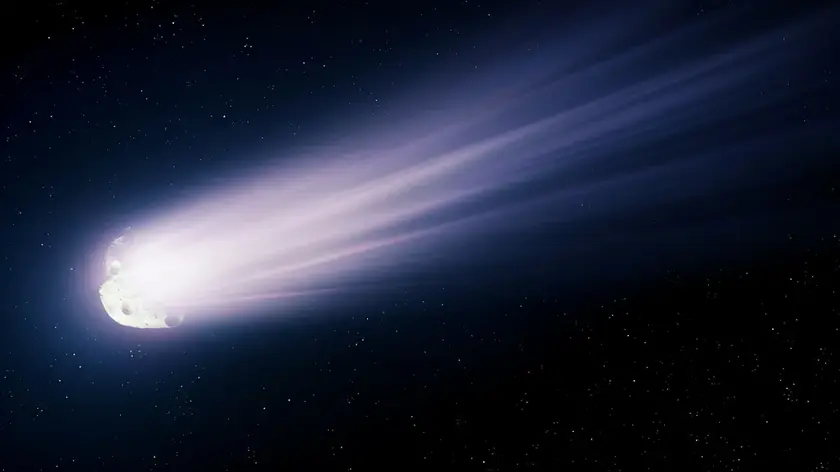
Interstellar Comet 3I/ATLAS Prompts Scientific Scrutiny
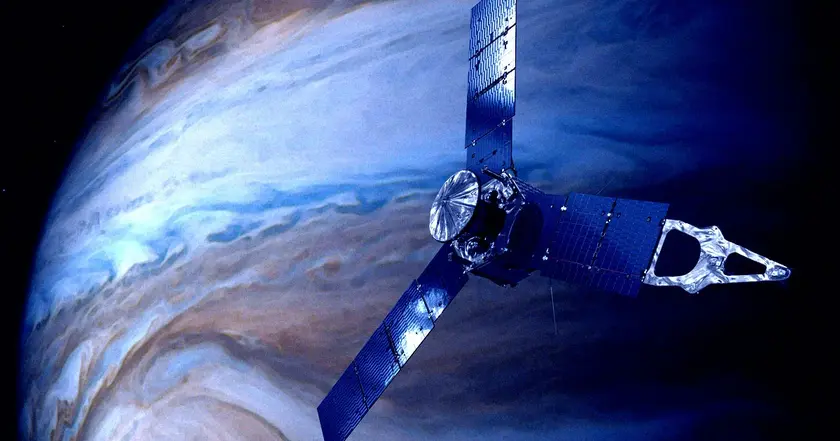
NASA weighs intercept of interstellar visitor 3I ATLAS
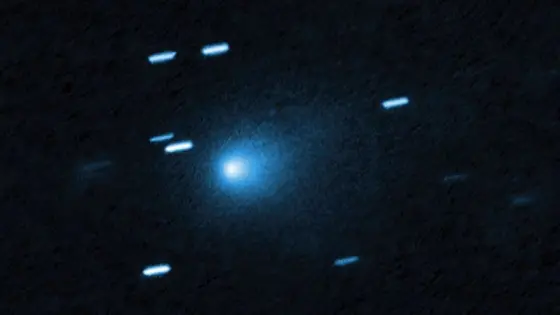
Hubble reveals interstellar comet 3I/ATLAS in stunning detail

Interstellar object 3I/ATLAS may emit its own light
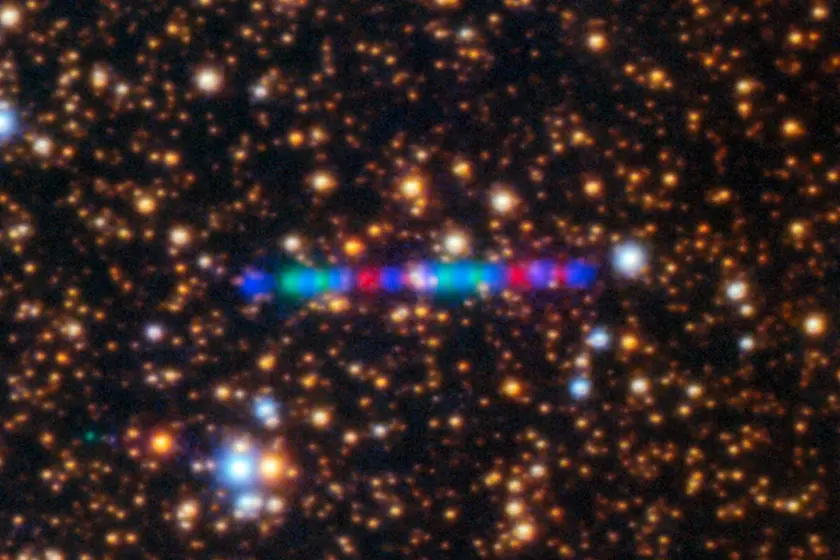
Gemini North images interstellar comet 3I/ATLAS

Interstellar visitor and warming seas in science photos
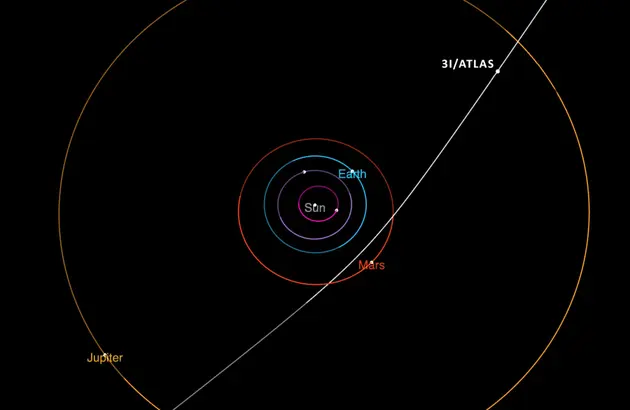
ASU's Kenneth Carrell comments on interstellar comet 3I/ATLAS

NASA plans to study interstellar object with Juno spacecraft
